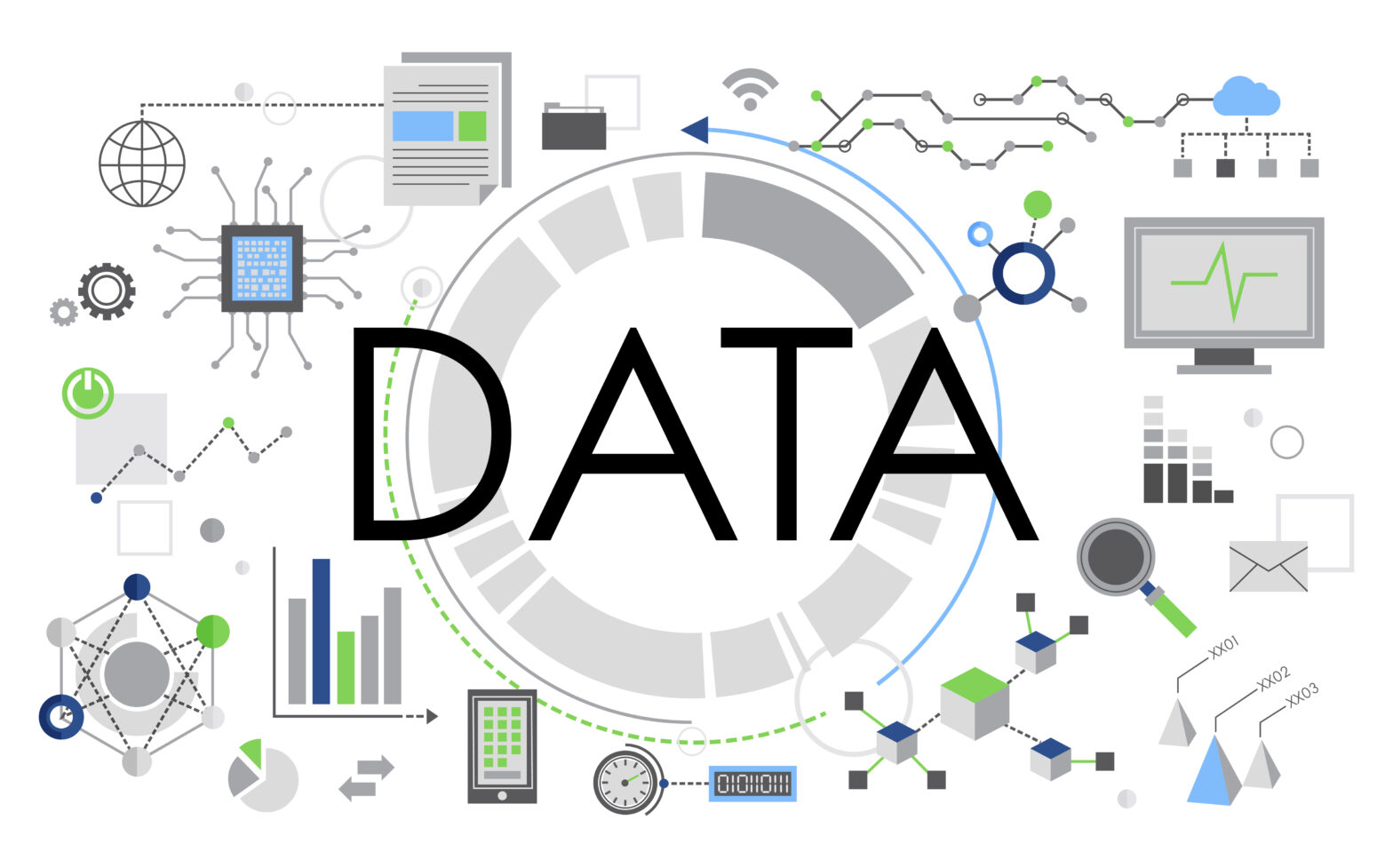Gartner has announced the top strategic technology trends that organisations should explore in 2021.
“The need for operational resiliency across enterprise functions has never been greater,” said Brian Burke, research vice president at Gartner.
“CIOs are striving to adapt to changing conditions to compose the future business. This requires the organisational plasticity to form and reform dynamically. Gartner’s top strategic technology trends for 2021 enable that plasticity.
“As organisations journey from responding to the COVID-19 crisis to driving growth, they must focus on the three main areas that form the themes of this year’s trends: people centricity, location independence and resilient delivery. Taken together, these trends create a whole that is larger than its individual parts and focus on social and personal demand from anywhere to achieve optimal delivery.”
The top strategic technology trends for 2021 are:
1. Internet of Behaviours
The internet of behaviours (IoB) is emerging as many technologies capture and use the “digital dust” of peoples’ daily lives.
The IoB, according to Gartner, combines existing technologies that focus on the individual directly — facial recognition, location tracking and big data for example — and connects the resulting data to associated behavioural events, such as cash purchases or device usage.
Organisations can use this data to influence human behaviour. For example, to monitor compliance with health protocols during the ongoing pandemic, organisations might leverage IoB via computer vision to see whether employees are wearing masks or via thermal imaging to identify those with a fever.
Gartner predicts that by year-end 2025, over half of the world’s population will be subject to at least one IoB program, whether it be commercial or governmental.
2. Total experience
“Last year, Gartner introduced multiexperience as a top strategic technology trend and is taking it one step further this year with total experience (TX), a strategy that connects multiexperience with customer, employee and user experience disciplines,” continued Burke.
“Gartner expects organisations that provide a TX to outperform competitors across key satisfaction metrics over the next three years.”
Organisations should deploy a TX strategy as interactions become more mobile, virtual and distributed, mainly due to COVID-19.
TX looks to improve the experiences of multiple constituents to achieve a transformed business outcome. These intersected experiences are key moments for businesses recovering from the pandemic that are looking to achieve differentiation via capitalising on new experiential disruptors.
3. Privacy-enhancing computation
CIOs in every region face more privacy and non-compliance risks than ever before as global data protection legislation matures. Unlike common data-at-rest security controls, privacy-enhancing computation protects data in use while maintaining secrecy or privacy.
Gartner believes that by 2025, half of large organisations will implement privacy-enhancing computation for processing data in untrusted environments and multiparty data analytics use cases. Organisations should start identifying candidates for privacy-enhancing computation by assessing data processing activities that require transfers of personal data, data monetisation, fraud analytics and other use cases for highly sensitive data.
4. Distributed cloud
Distributed cloud is the distribution of public cloud services to different physical locations, while the operation, governance and evolution of the services remain the responsibility of the public cloud provider. It provides a nimble environment for organisational scenarios with low-latency, data cost-reduction needs and data residency requirements. It also addresses the need for customers to have cloud computing resources closer to the physical location where data and business activities happen.
“By 2025, most cloud service platforms will provide at least some distributed cloud services that execute at the point of need. “Distributed cloud can replace private cloud and provides edge cloud and other new use cases for cloud computing. It represents the future of cloud computing,” added Burke.
Gartner’s top 10 strategic technology trends for 2020
5. Anywhere operations
Anywhere operations refers to an IT operating model designed to support customers everywhere, enable employees everywhere and manage the deployment of business services across distributed infrastructures.
It is more than simply working from home or interacting with customers virtually — it also delivers unique value-add experiences across five core areas: collaboration and productivity, secure remote access, cloud and edge infrastructure, quantification of the digital experience and automation to support remote operations.
By the end of 2023, 40% of organisations will have applied anywhere operations to deliver optimised and blended virtual and physical customer and employee experiences.
6. Cyber security mesh
The cyber security mesh will allow anyone to access any digital asset securely, no matter where the asset or person is located. It decouples policy enforcement from policy decision making via a cloud delivery model and allows identity to become the security perimeter. By 2025, the cyber security mesh will support over half of digital access control requests.
Burke commented: “The COVID-19 pandemic has accelerated the multidecade process of turning the digital enterprise inside out. We’ve passed a tipping point — most organisational cyberassets are now outside the traditional physical and logical security perimeters. As anywhere operations continues to evolve, the cybersecurity mesh will become the most practical approach to ensure secure access to, and use of, cloud-located applications and distributed data from uncontrolled devices.”
7. Intelligent composable business
Burke continued: “Static business processes that were built for efficiency were so brittle that they shattered under the shock of the pandemic.
“As CIOs and IT leaders struggle to pick up the pieces, they’re beginning to understand the importance of business capabilities that adapt to the pace of business change.”
An intelligent composable business re-engineers decision-making by accessing better information and responding more nimbly to it. For example, machines will enhance decision making in the future, enabled by a rich fabric of data and insights. Intelligent composable business will pave the way for redesigned digital business moments, new business models, autonomous operations and new products, services and channels.
8. AI engineering
Gartner research shows only 53% of projects make it from artificial intelligence (AI) prototypes to production. CIOs and IT leaders find it hard to scale AI projects because they lack the tools to create and manage a production-grade AI pipeline. The road to AI production means turning to AI engineering, a discipline focused on the governance and life cycle management of a wide range of operationalised AI and decision models, such as machine learning or knowledge graphs.
AI engineering stands on three core pillars — DataOps, ModelOps and DevOps.
9. Hyperautomation
Business-driven hyperautomation can be used by organisations use to rapidly identify, vet and automate as many approved business and IT processes as possible.
Although hyperautomation has been trending at an unrelenting pace for the past few years, the pandemic has heightened demand with the sudden requirement for everything to be “digital first.”
The backlog of requests from business stakeholders has prompted more than 70% of commercial organisations to undertake dozens of hyperautomation initiatives as a result.
“Hyperautomation is now inevitable and irreversible. Everything that can and should be automated will be automated,” concluded Burke.







